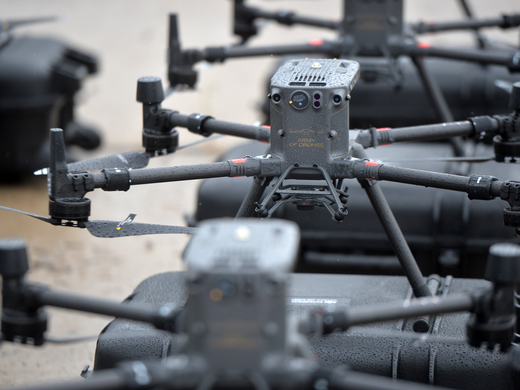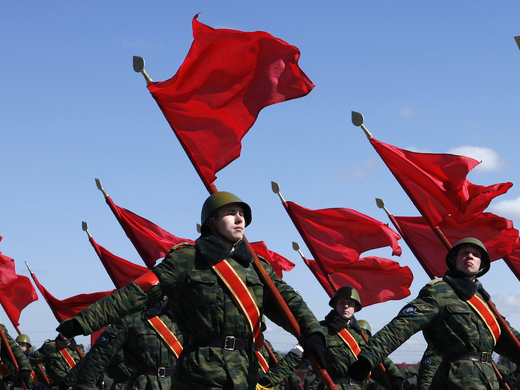As events demonstrate on a regular basis, the Asia-Pacific is a region prone to crisis. In recent years there has been a marked increase in the use of military force to signal interests or resolve, and even, in some cases, to alter the status quo, particularly in the East and South China Seas. Fortunately, none of these “mini crises” has escalated to the level of a shooting war. The received wisdom is that, all other things being equal, no country in the region desires conflict, owing to their high levels of economic interdependence. However, it is clear that in a context of rising nationalism, unresolved historical grievances and increasing hostility and suspicion, there is no reason to be complacent about the prospect of managing every future crisis successfully. Hence the recent surge in interest in crisis management “mechanisms” (CMMs). This paper explores the dangers of thinking of crisis management in an overly technical or mechanistic fashion, but also argues that sensitivity to those very dangers can be immensely useful. It draws upon US and Soviet experiences in the Cuban missile crisis to inform management of a hypothetical future Sino-American crisis in the East China Sea, and to identify general principles for designing and implementing CMMs.


